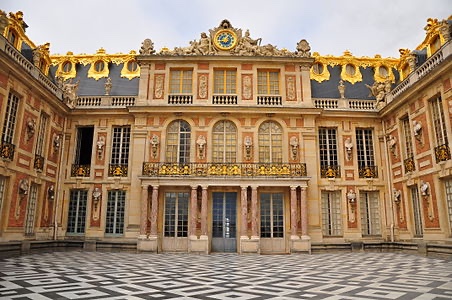The Renaissance
 |
| Botticelli, “Primavera,” ca. c. 1477–1482 |
Sandro Botticelli is a Florentine artist. Considered one of the most prolific painters of the 15th century, he is credited for his contributions to the Italian Renaissance. Known for his large scale fresco paintings of mythological subject matter including The Birth of Venus and Primavera, a symbolic celebration of spring. Primavera is one of the most important works of the Early Renaissance and is housed by Florence's famed Uffizi Gallery. Primavera continues to attract viewers with its "classical symbolism, elaborate composition, and delicate attention to detail".
ContextIt is believed that Lorenzo di Pierfrancesco de' Medici commissioned Botticelli to create Primavera as a gift for his new bride however, there is some debate on this. Originally, commissioned for Di Pierfrancesco's private estate, the Villa di Castello. Botticelli painted Primavera around 1480 after returning to Florence from Rome. Botticelli had been commissioned by the Roman Catholic Church to create frescos for the Sistine Chapel. However, at this time he began to turn his attention away from the iconography of the church and towards scenes from Greek and Roman mythology.
Subject Matter
 |
| Venus and Cupid |
 |
| Hermes |
At the center of Primavera is the goddess Venus. In Roman mythology she is the goddess of love and beauty. Above her head, her son Cupid points his bow toward the Three Graces, this trio of sisters represent pleasure, chasity, and beauty though it is unclear which sister depicts what. To the left of the sisters, Hermes the messenger god is recognized by his helmet and winged sandals. To the right of Venus, Zephyr the Greek god of the west wind grabs onto Chloris, a nymph associated with flowers. In mythology Chloris then transforms into Flora, goddess of spring, who is depicted to the left of the pair. Additionally, in the sprit of the season Botticelli included about 500 identifiable plant species, 200 of which are flowers.
 |
| Zephyr, Chloris, and Flora |
 |
| The Three Graces |
I adore the Birth of Venus and I had no idea that Primavera was done by the same artist. I would definitely love to own a print of this. Though the presentation is darker than the Birth of Venus it is still pleasant to look at. With the level of detail it is one of those pieces that you could look at every day and find something new. I think I would personally challenge myself to find all of the different kinds of plants and flowers that are in this painting. As I look at this masterpiece along with others from the Renaissance I find myself in awe of the artists that created them. I find myself wondering what their days must have been like. Did they sleep? Did they eat? The amount of time that I imagine went into something like this, it is impressive that it could have been done in a matter of years. It looks like it should have taken a lifetime.
Works Cited
Kelly Richmon-Abdou. "The Significance of Botticelli’s Renaissance Masterpiece ‘Primavera’", 14 Oct. 2018, https://mymodernmet.com/botticelli-primavera/ .

Comments
Post a Comment